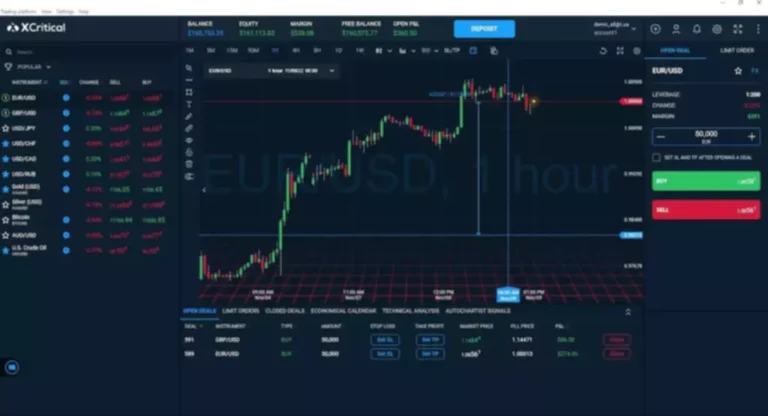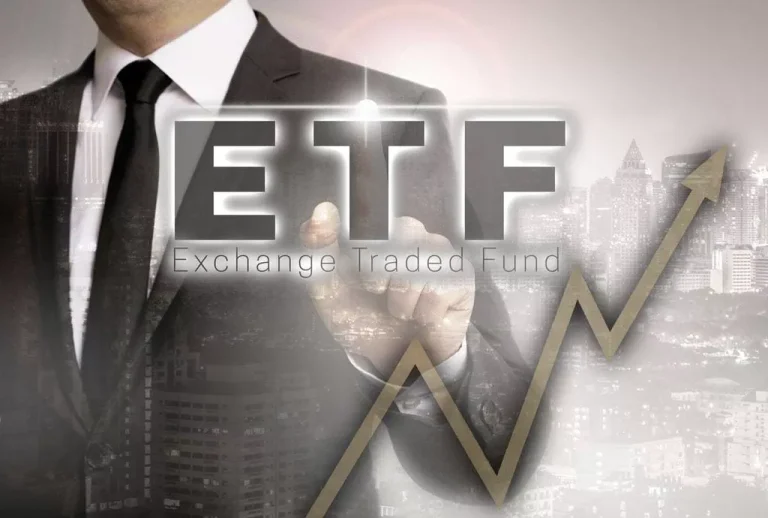This implies that until you purchase the coin shortly upon itemizing, you could find yourself paying the next worth than you would’ve beforehand. This also means that buyers in an IDO don’t have to go through KYC necessities and may put money into tokens anonymously. Another necessary difference is that IDOs are open to anyone, much like ICOs. However, a current court ruling discovered that tokens supplied through exchanges aren’t securities. The SEC is interesting this ruling, leaving it unclear whether or not IEO tokens are securities. Once an change is glad with a project, the trade and project will select ieos a date and time for the IEO.
- Once an trade is glad with a project, the change and project will choose a date and time for the IEO.
- To that end, Initial Exchange Offerings (IEOs) and Initial DEX Offerings (IDOs) had been created to improve on previous fundraising processes.
- With ICOs, the counter-party is the developer, nonetheless with IEOs — the counter-party is the change platform in topic.
- Dishonest projects or groups with little enterprise sense won’t be able to conduct a successful IEO both, because of the very strict requirements.
- If there are too many cash bought, then the token economy is doomed to fail from the beginning.
What’s An Preliminary Trade Offering?

This signifies that investors should provide and verify their id in order to be part of an IEO. Identity verification is typically not required to join an ICO, which signifies that traders should purchase a new crypto token anonymously. One of the first considerations with IEOs is the heavy reliance on the change’s vetting course of. While exchanges do conduct due diligence, their criteria and thoroughness can vary. This puts traders in a position where they have to belief the trade’s judgment, probably overlooking their very own research and danger assessment. Even although each IEO is vetted by the participating trade, no investment is without threat.
What’s A Liquidity Supplier (lp) Token?
That signifies that IEOs are solely open to individuals who reside in countries where the exchange operates and that buyers should move a Know Your Customer (KYC) check. A portion of the proceeds from the IEO will sometimes go to the exchange along with an inventory payment. So, today we’ve found out what’s an IEO crypto and which capabilities it represents. By providing a safer, vetted, and streamlined process, they address lots of the challenges that plagued earlier models like ICOs. The involvement of a good change in an IEO often instills a way of confidence in the market.
History Of Ieos: Evolution Of Crypto Fundraising
This difficult set of calls for eventually gave rise to Initial Exchange Offerings (IEOs). The 2017 Initial Coin Offering frenzy underscored blockchain’s potential to empower both individual buyers and businesses seeking to raise capital. At the identical time, ICOs made it clear that more reliable ranges of high quality assurance and second-market liquidity provisions had been necessary to have the ability to drive more sustainable strategies of blockchain-based fundraising. To that end, Initial Exchange Offerings (IEOs) and Initial DEX Offerings (IDOs) have been created to improve on past fundraising processes. The fundraising journey within the crypto space has evolved significantly over time, moving from largely unregulated ICOs to more structured and secure IEOs. ICOs were famous for their open participation model however suffered from numerous scams and regulatory points, resulting in a decline of their credibility.
Cookies And Fingerprint Settings
The main difference of IEOs from different crypto fundraising, is that an initial exchange providing often ensures quick liquidity for the tokens bought. Once the offering is complete, tokens usually become available for trading on the exchange. It begins with the project group developing a stable business model and a viable token. The subsequent step is to partner with a crypto exchange that aligns with the project’s ethos and viewers.
Many ICOs use crypto presales, airdrops, or different mechanisms to distribute tokens without a intermediary. A rising number of initiatives are concurrently launching IDOs on a number of blockchain launchpads and releasing tokens on a mixture of different smart contract platforms. These multi-chain IDOs allow the initiatives to capture a wider range of investors and place their stake in multiple blockchain networks, whereas also offering buyers with more versatile fundraising participation choices. The first iteration of blockchain-enabled fundraising was the Initial Coin Offering (ICO), a type of crowdfunding by which an organization sells cryptocurrency or tokens as a way of raising funds. This type of fundraising is usually faster and fewer cost-prohibitive for firms than extra conventional methods corresponding to Initial Public Offerings (IPOs). Due to the ease of token generation and distribution and the lower obstacles to entry for buyers, ICOs skyrocketed in popularity in 2017 and accounted for about $4.9 billion in raised capital in a single year alone.
New crypto projects can undergo verification via crypto audit companies like Certik and Coinsult. These companies comb by way of a project’s code, together with its smart contracts, to ensure there are no bugs or scams inbuilt. For example, an audit will make positive that the maximum supply of a project’s token is what’s marketed within the whitepaper. While IEOs have some advantages, many crypto initiatives select to make their tokens obtainable to investors via an ICO instead. ICOs have several important advantages over IEOs that make them the distribution mechanism of choice for model spanking new cryptos. On top of that, centralized exchanges don’t require investors to have their own self-hosted crypto pockets.
Tokenomics will decide how many tokens can be found during an IEO, whether or not a cryptocurrency is inflationary or deflationary, and whether or not there might be liquidity for buying and selling a token after its launch. First, our calendar tool reveals all upcoming coin listings together with ICOs and IEOs. Investors can discover initiatives on the horizon with Tier 1 and other extremely trusted exchanges.
Talking more deeply about what’s IEO in crypto, an initial trade offering is a collaborative dance between a cryptocurrency project and a crypto change. In this setup, the change acts as a intermediary and a gatekeeper, hosting the token sale and vetting both the project and potential buyers. Additionally, generally a corporation looking to fundraise through an IEO has to offer financial compensation to the collaborating trade. In some cases, the change might even prohibit IEO participation to investors who are prepared to hold a certain quantity of the IEO’s native exchange token. As a end result, crypto lovers on the lookout for a decentralized type of fundraising could also be put off by this model.

A digital currency that is secured by cryptography to work as a medium of change inside a peer-to-peer (P… Tap-to-earn crypto games are purposes that allow users to earn crypto rewards by performing easy, rep… Discover how sharding in blockchain enhances scalability and efficiency.

To provoke an IEO, a model new crypto project must contract with a centralized crypto trade to listing its token. Crypto exchanges are not required to record any new cryptocurrency, however they are often incentivized to host IEOs as a outcome of these listings result in further trading volume, which generates income for the change. However, since ICOs aren’t but subject to any regulations, the ICO course of can be fairly risky and opaque. For instance, many buyers that purchased within the 2017 ICO hype have been ultimately burned by low-quality tasks or belongings that have been deemed unlicensed securities.

They’ll also determine how many tokens will be out there and what worth they are going to be bought at. An IEO is a mechanism by which new cryptocurrency tasks can offer a token to the public. The regulatory panorama for cryptocurrencies, including IEOs, stays a complex and evolving area. This uncertainty can pose risks for buyers, as adjustments in regulations can have unforeseen impacts on IEOs and the broader crypto market. It’s hard to disagree that Initial Exchange Offerings (IEOs) are hailed as a breakthrough in cryptocurrency investment. It’s essential for investors to remember of the potential dangers that accompany the attract of IEOs.
Based on the terms agreed upon by the developers and the exchange, conventional ICO conditions can be implemented in an IEO. Such situations may contain setting a restrict on each individual’s contribution and establishing a set worth for each token. Unlike its predecessors, the IEO introduces a model new paradigm, mixing the excitement of crypto investments with enhanced security and credibility.
Read more about https://www.xcritical.in/ here.
